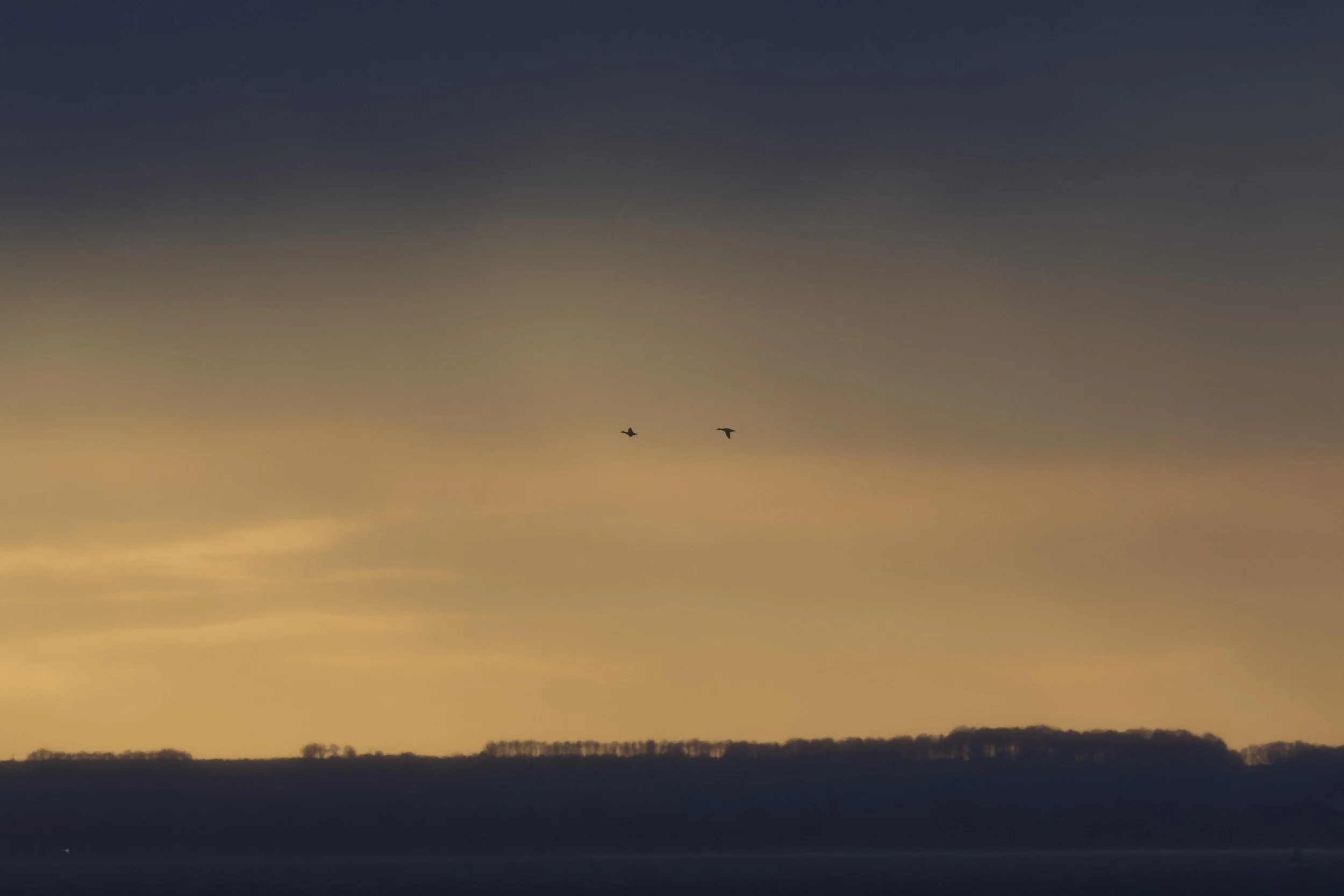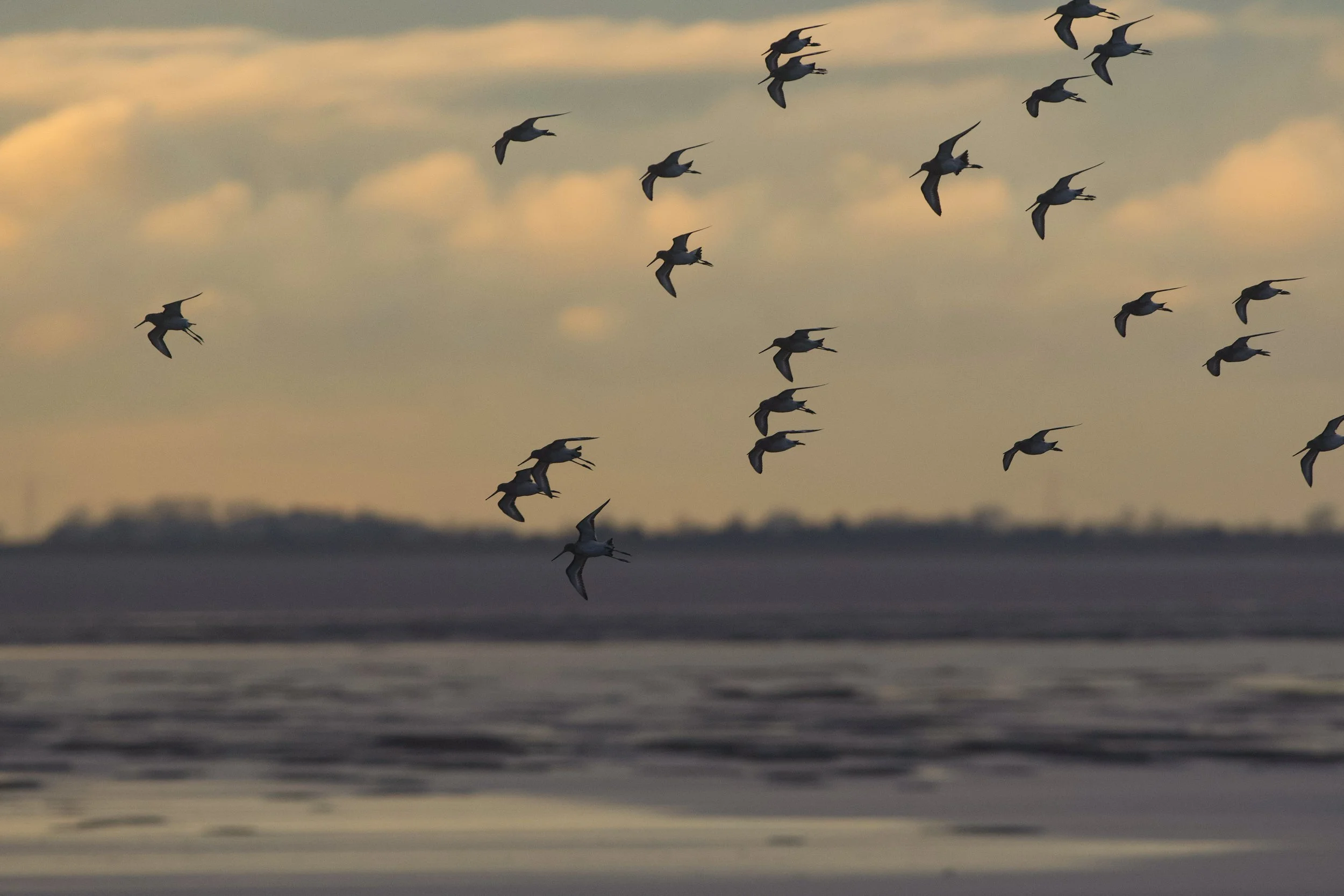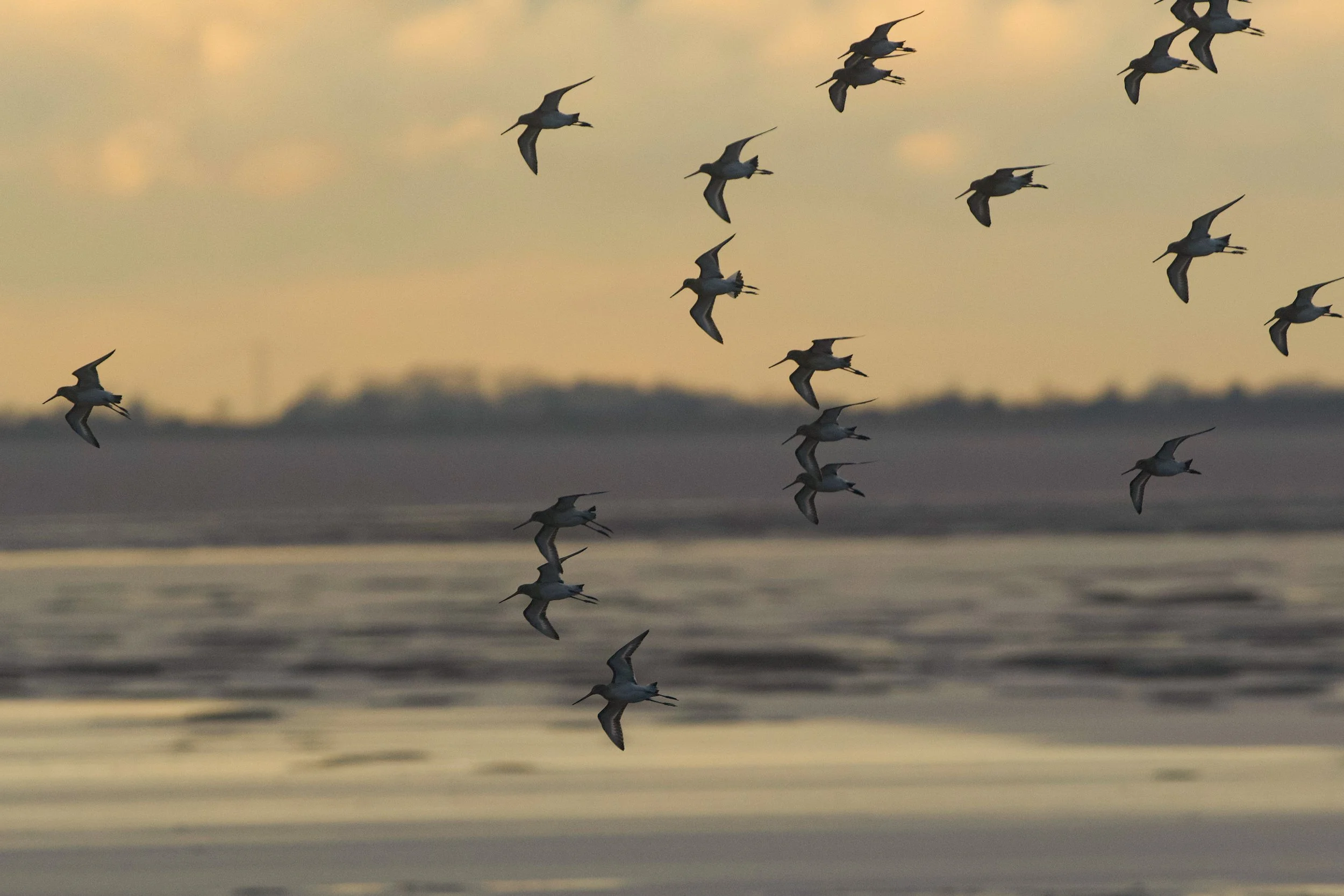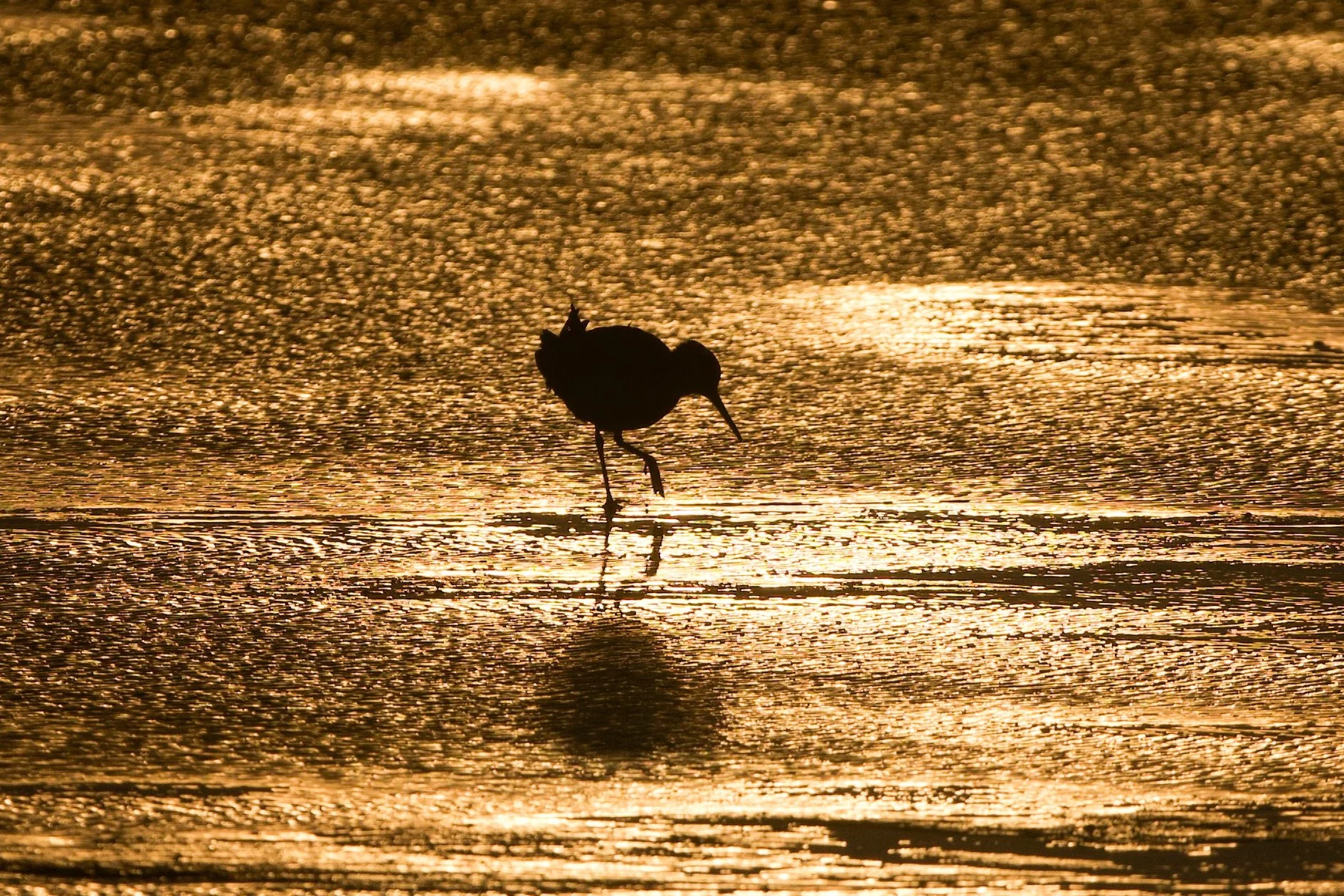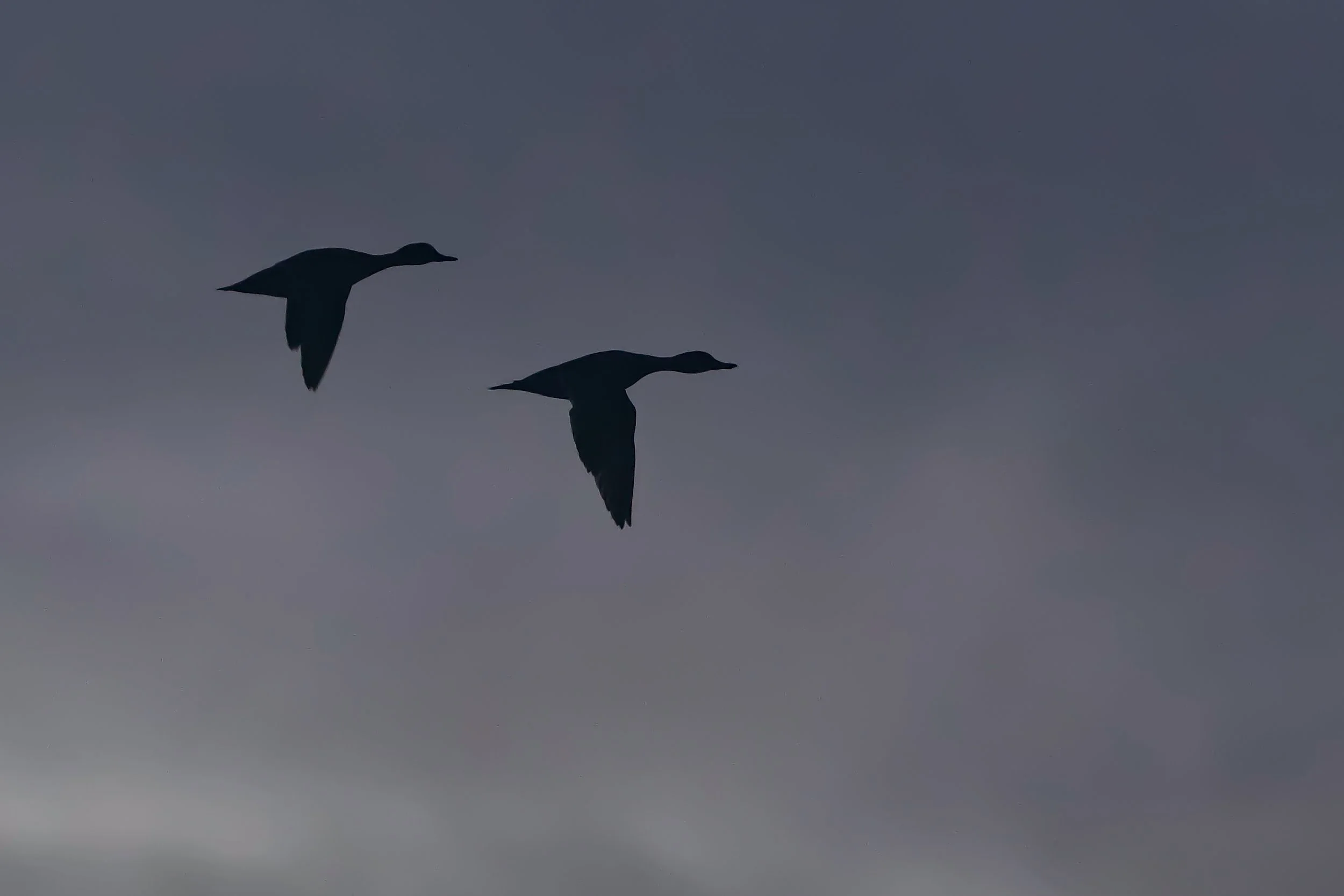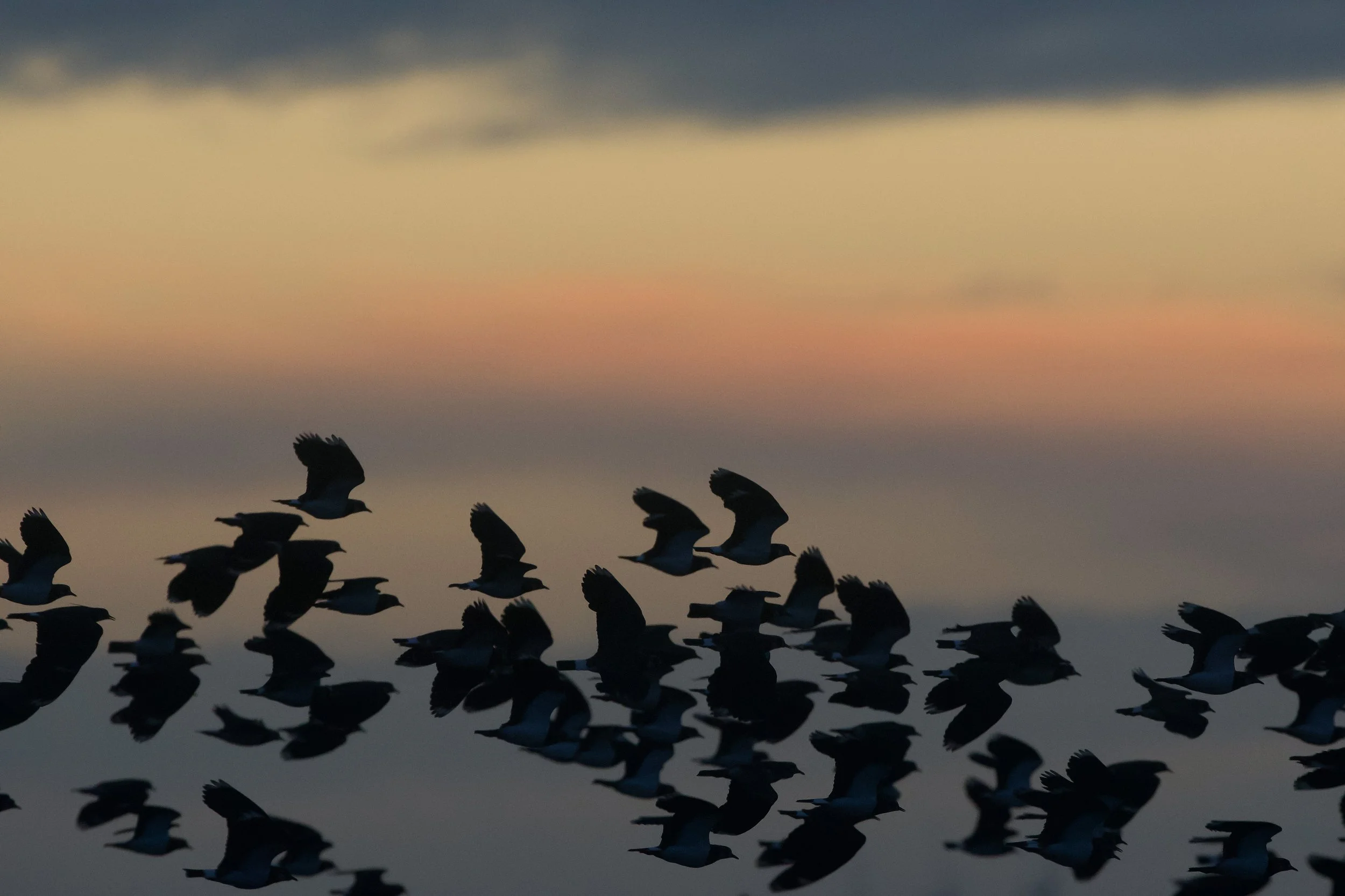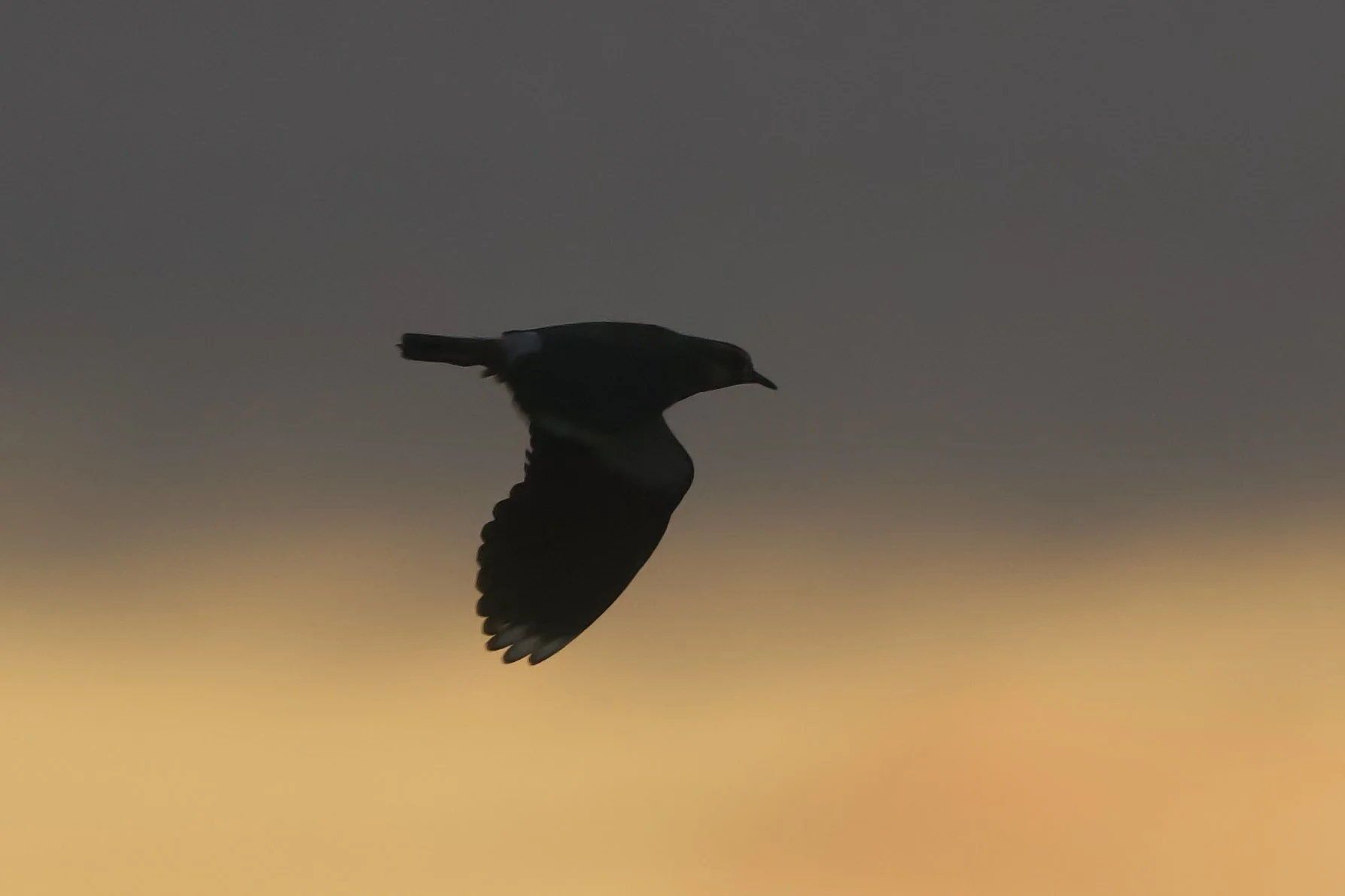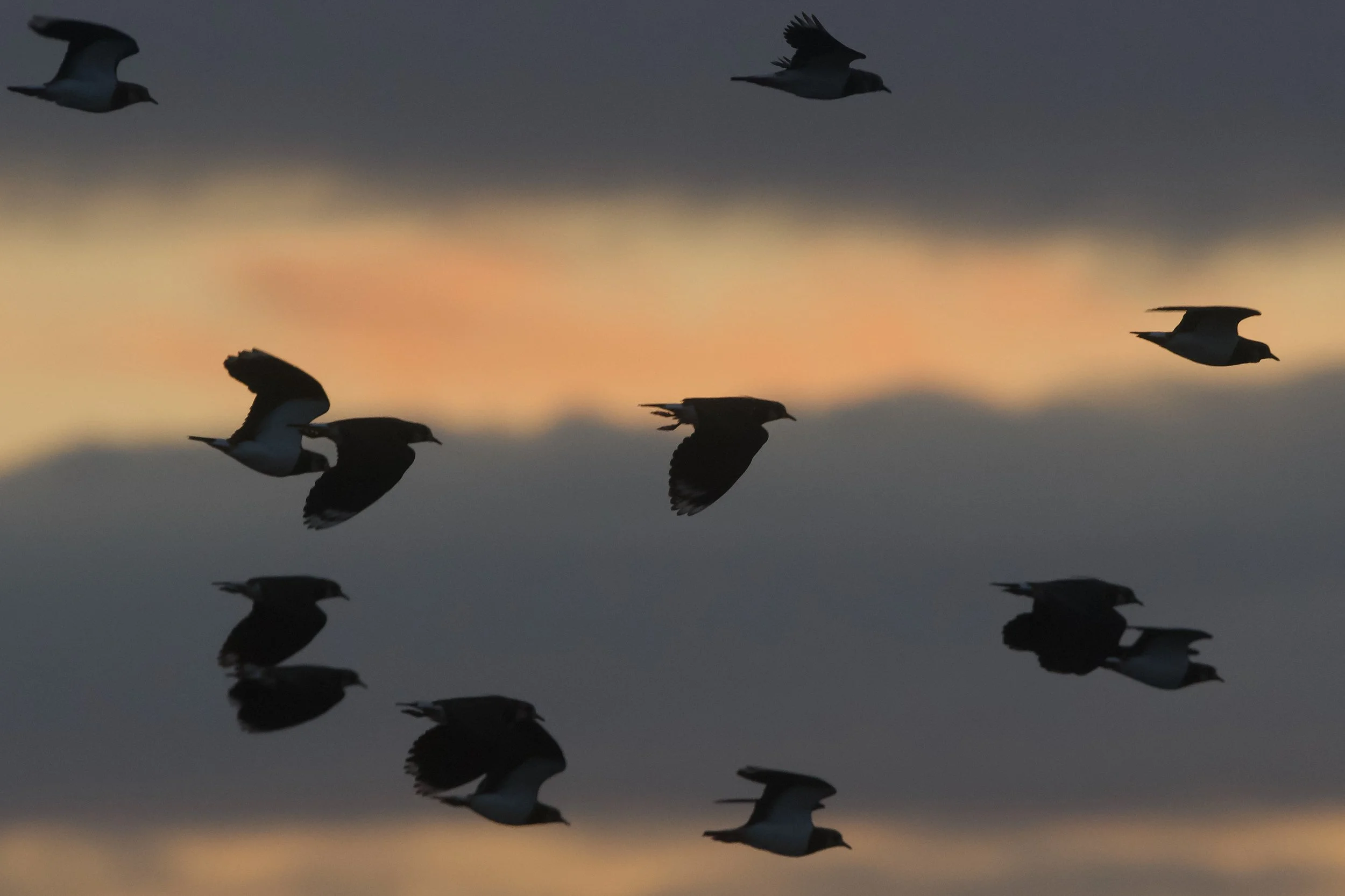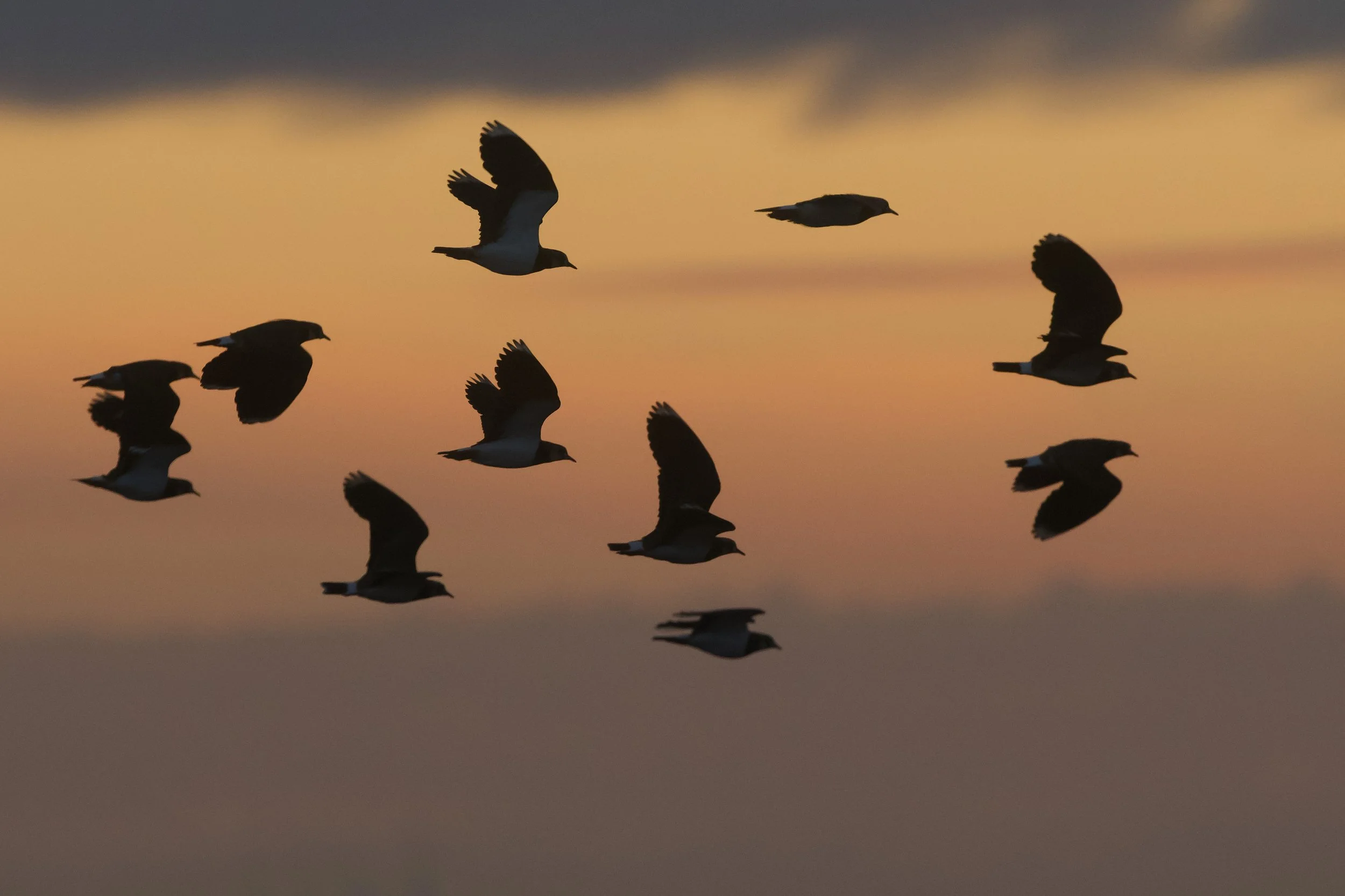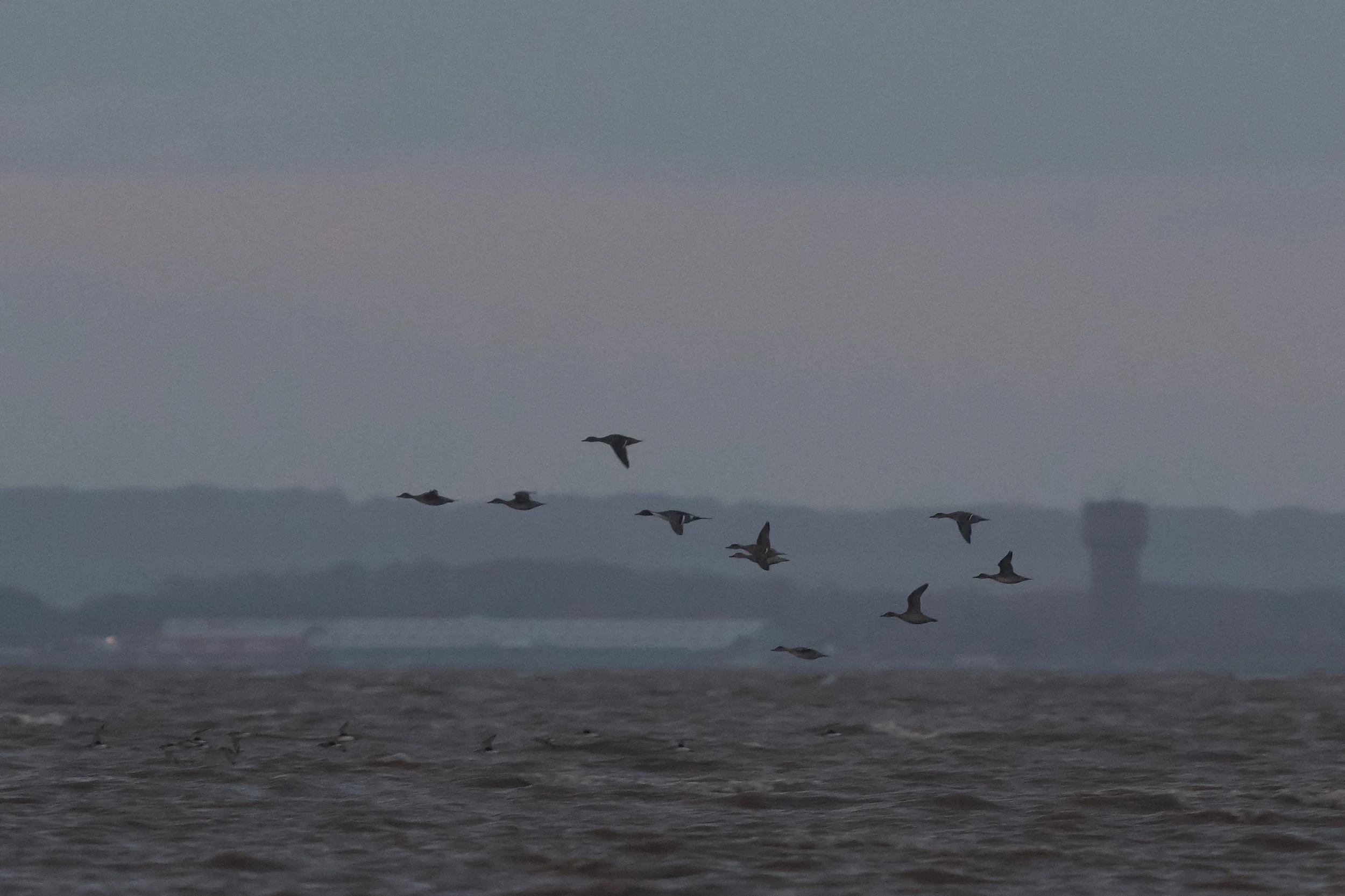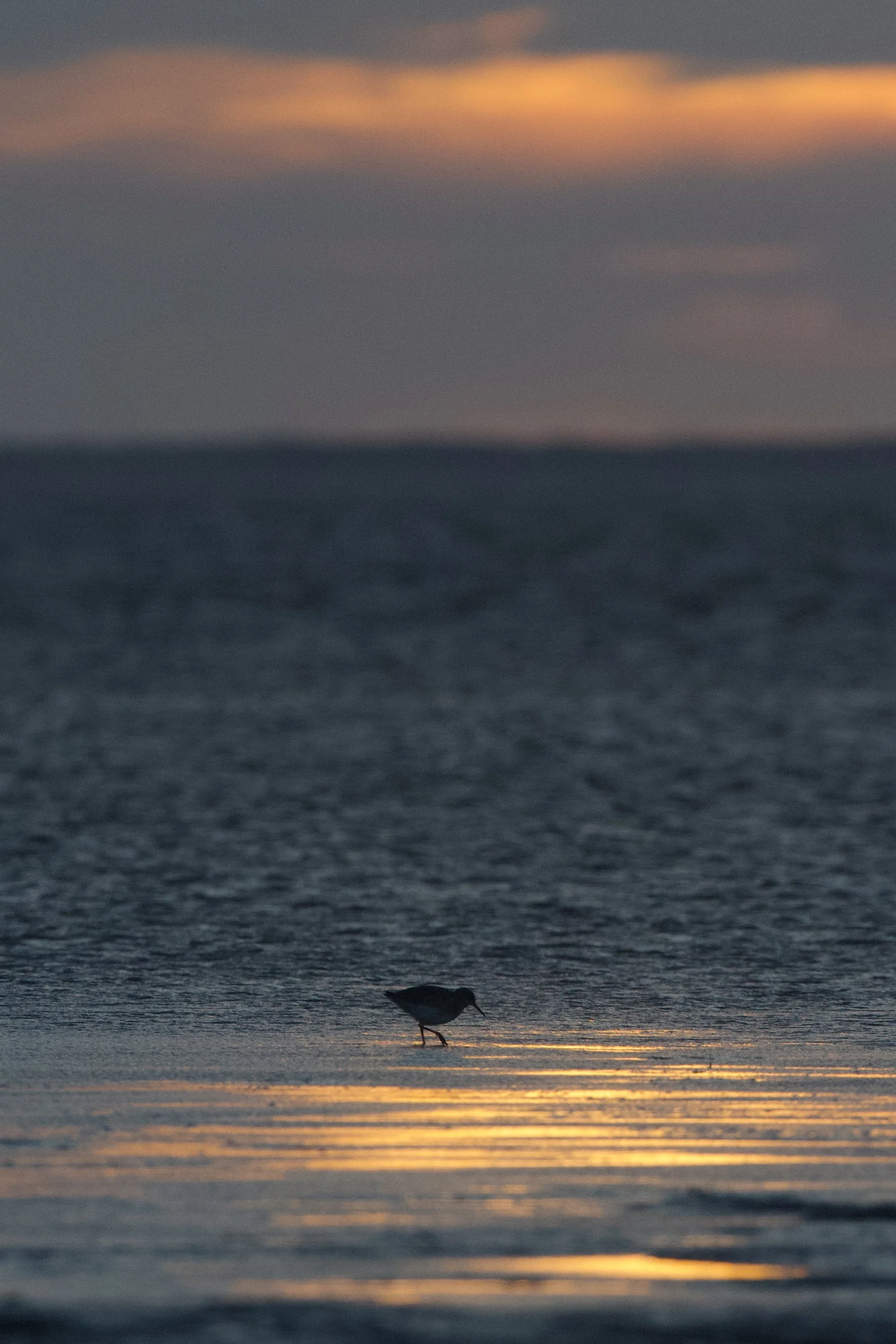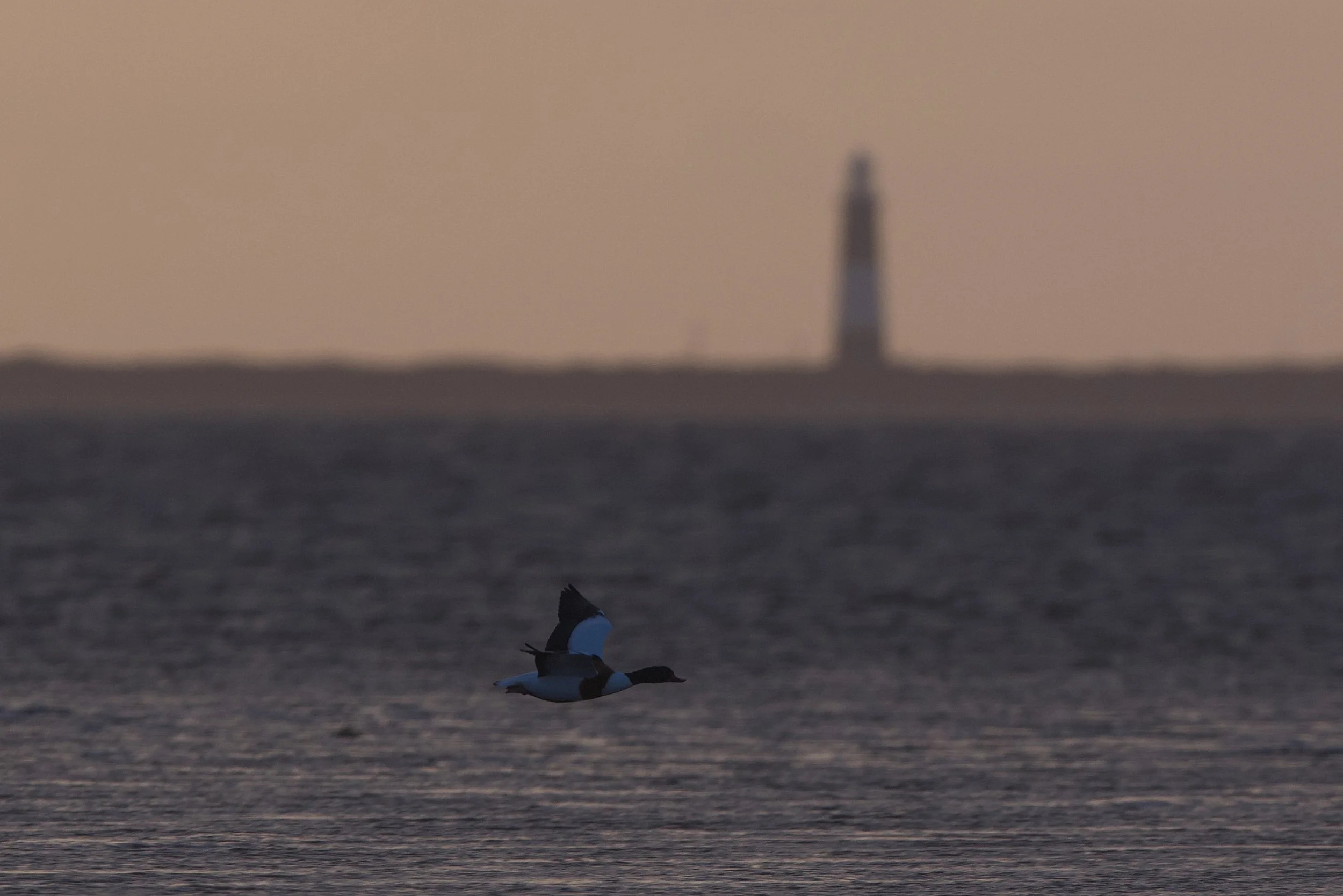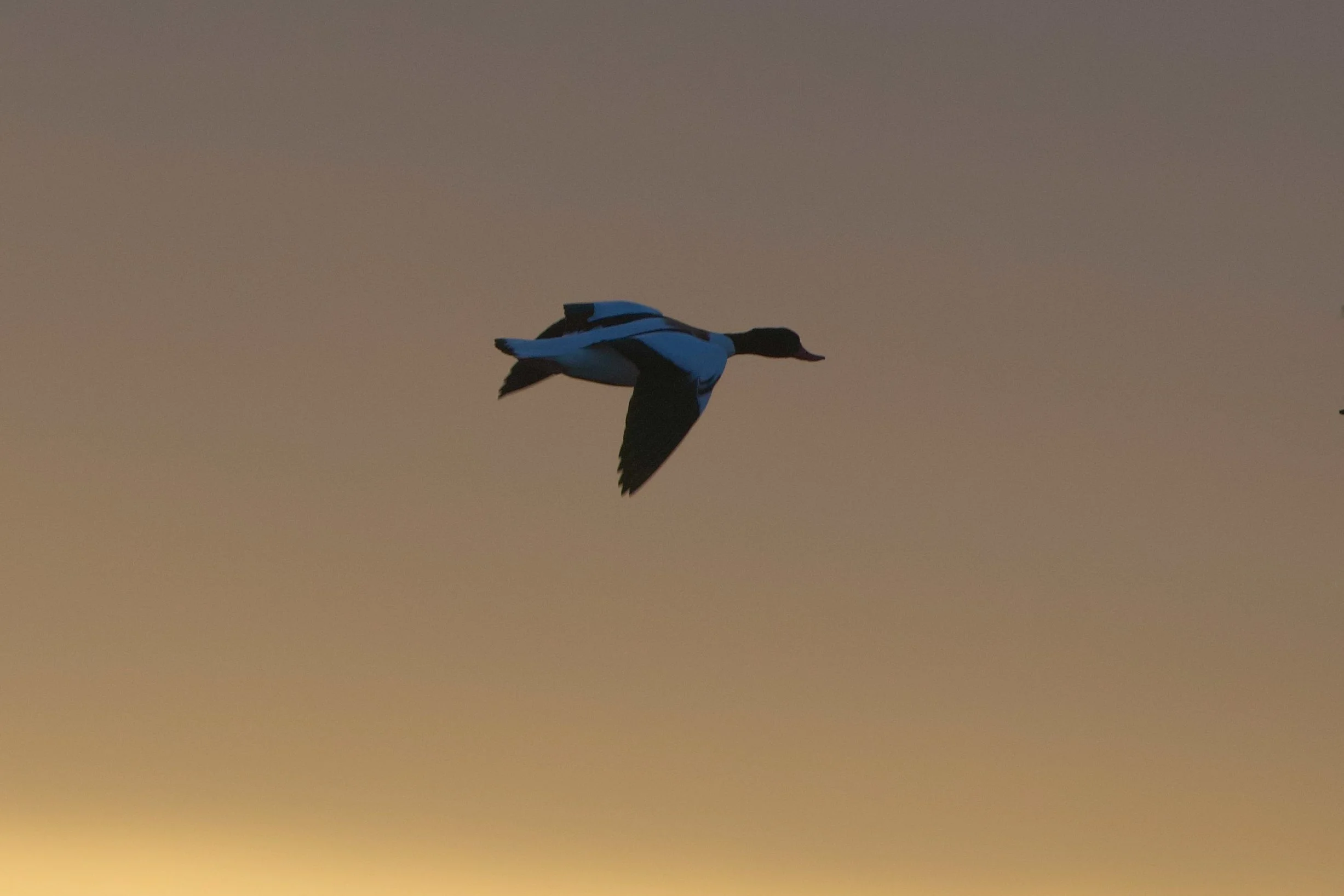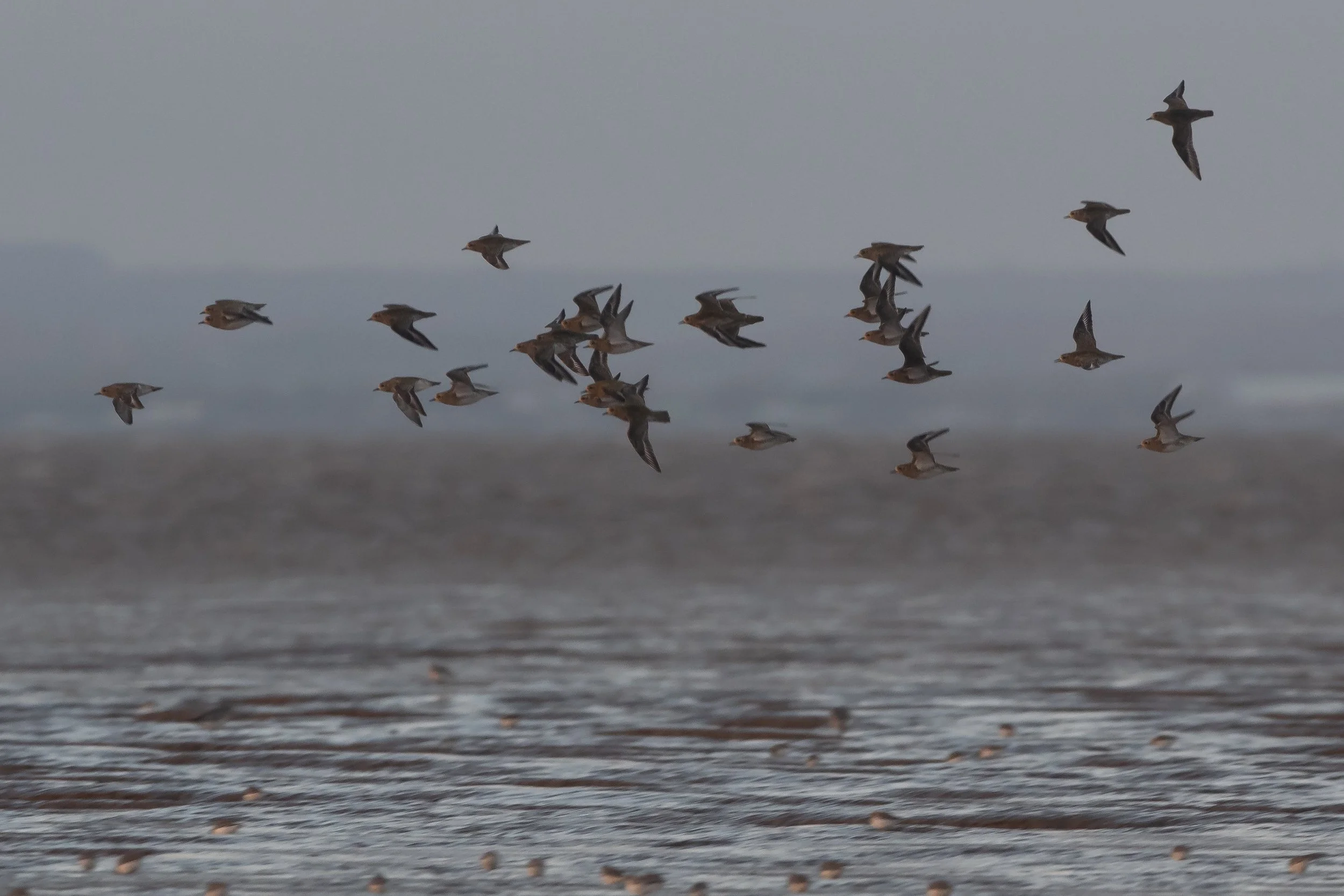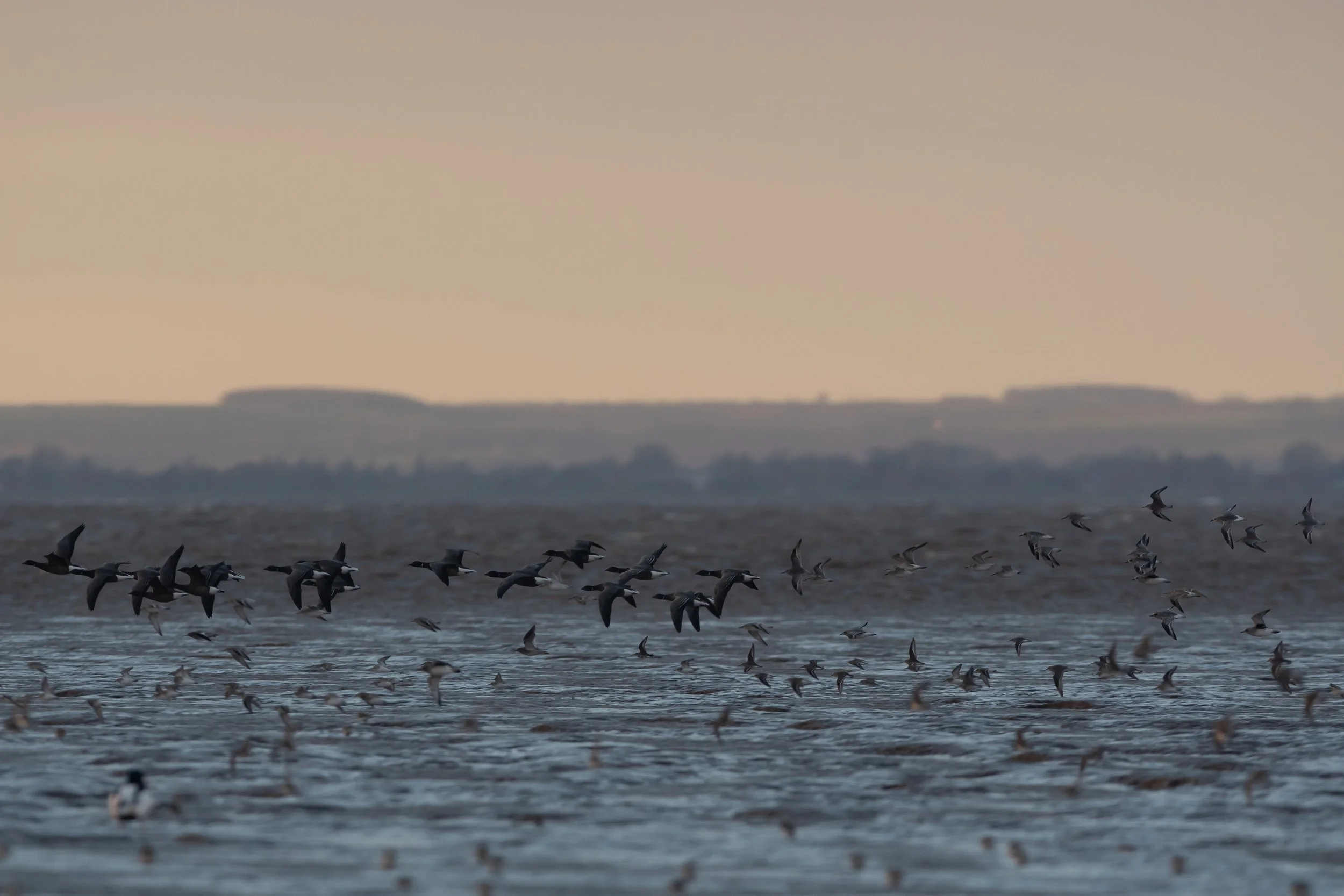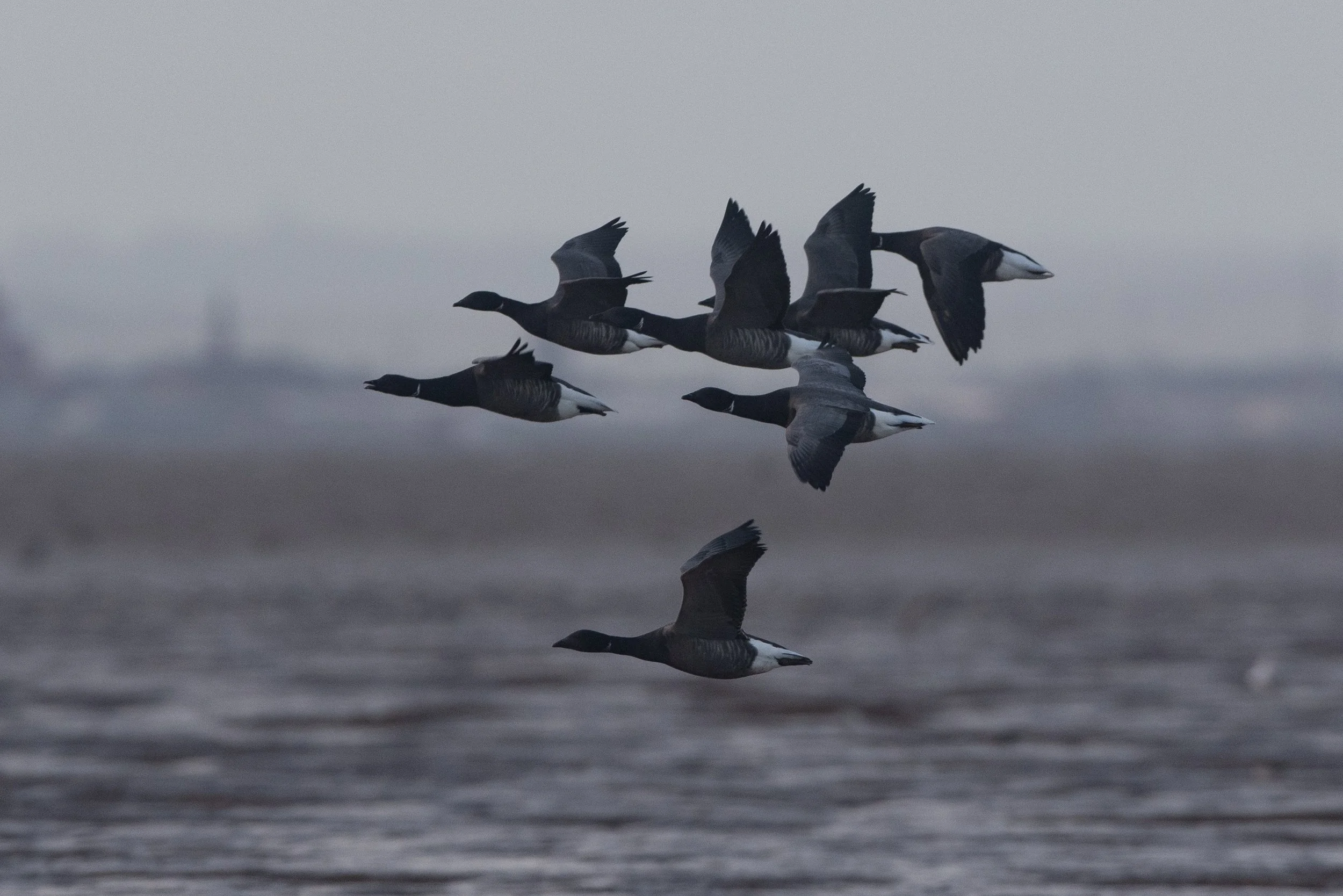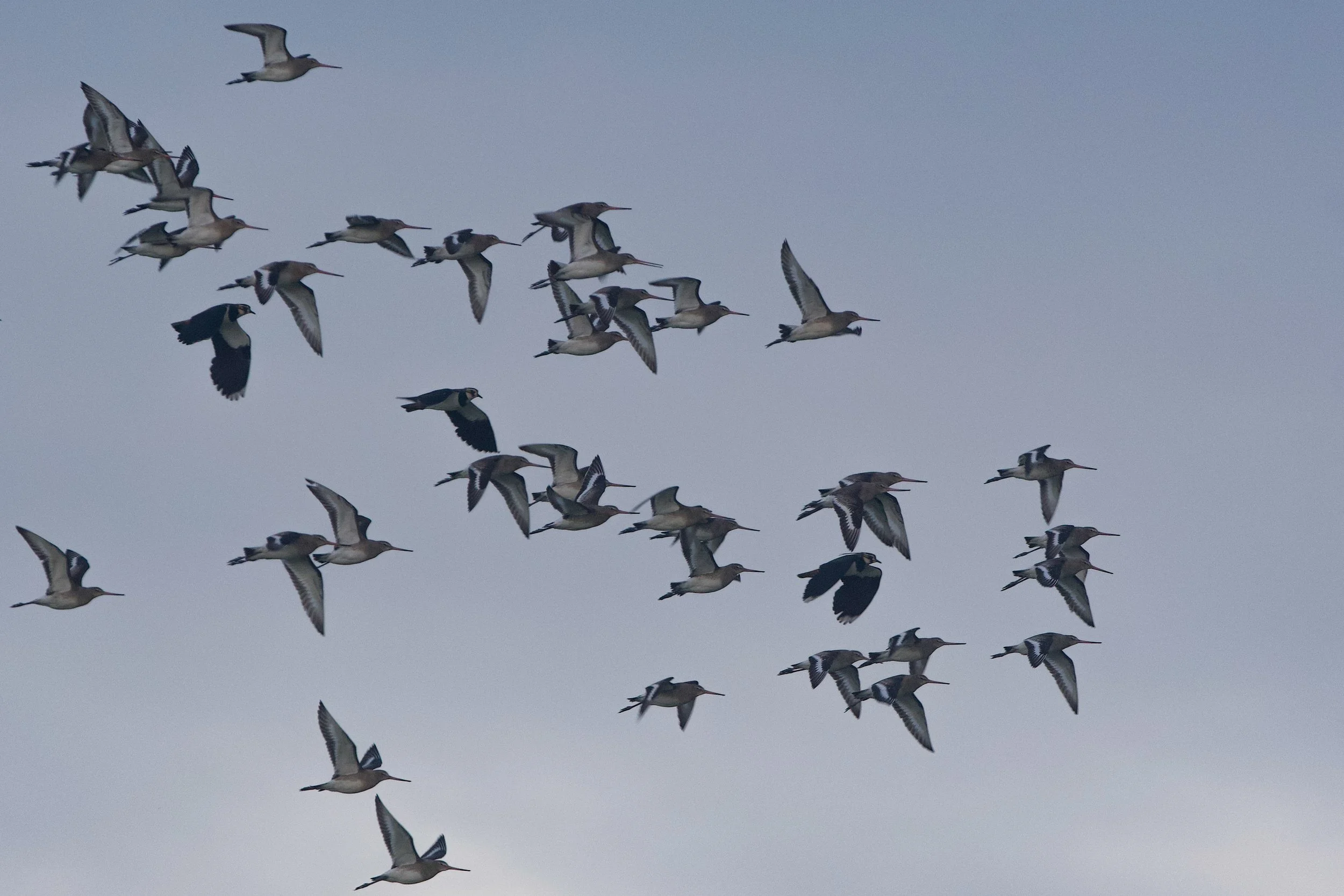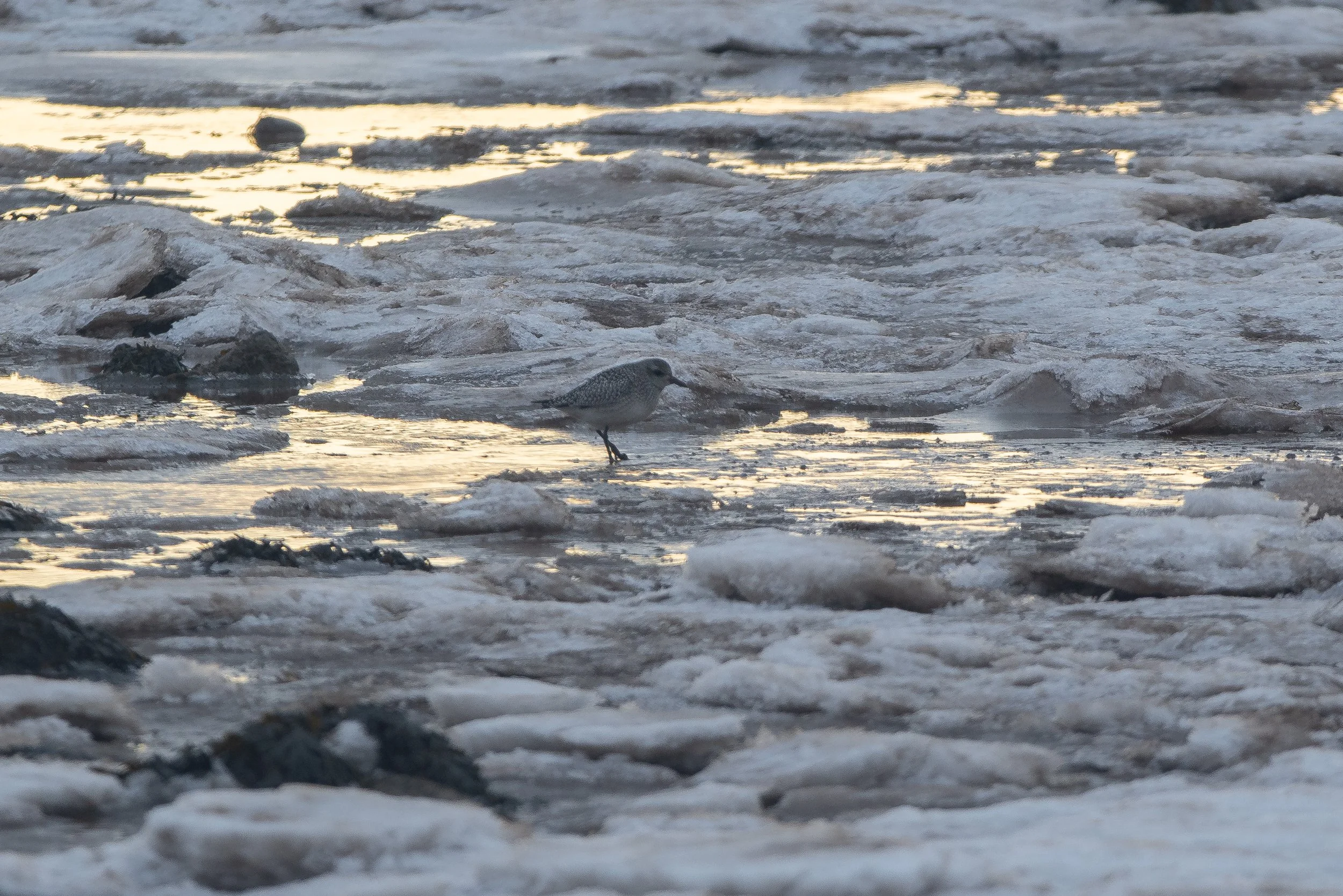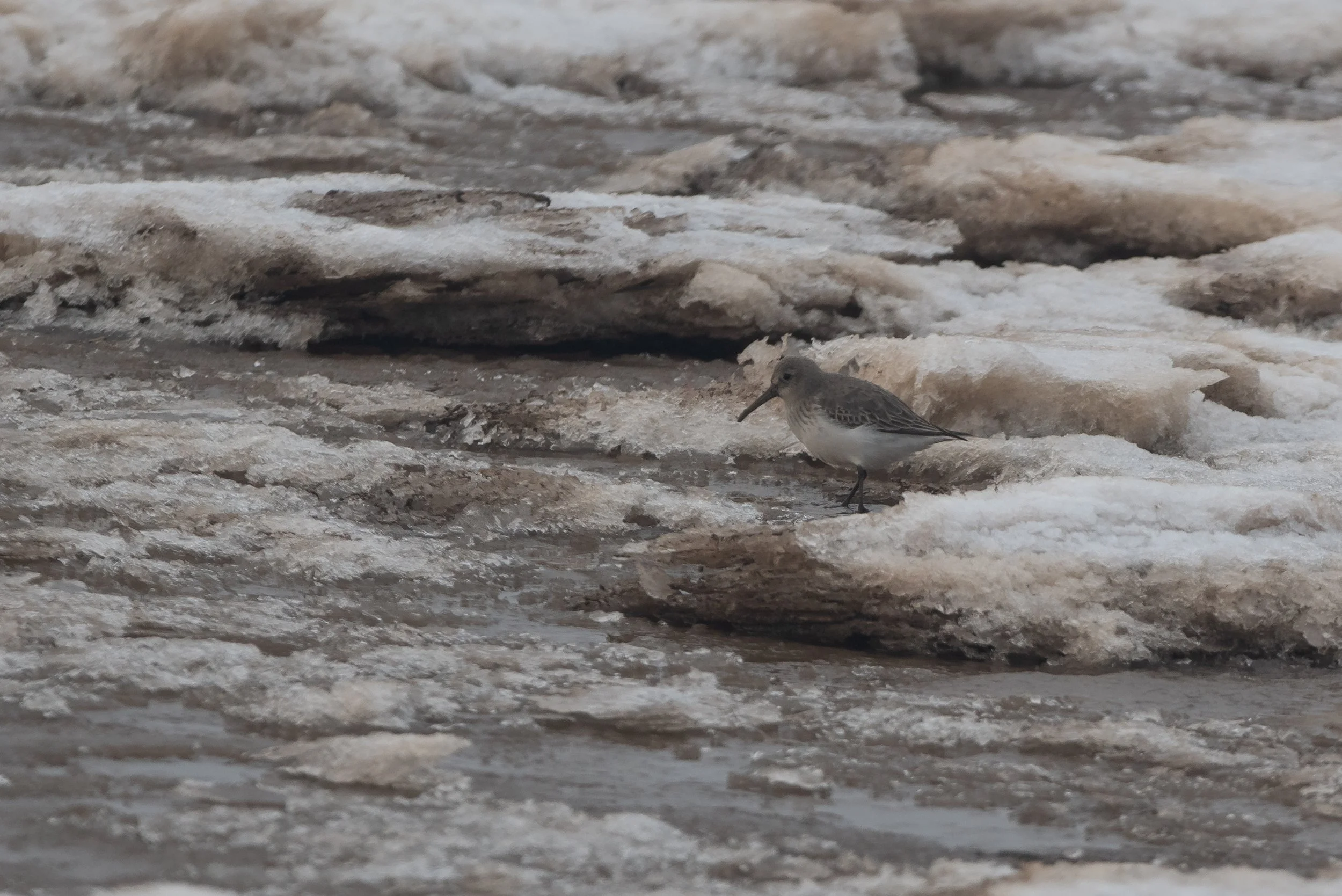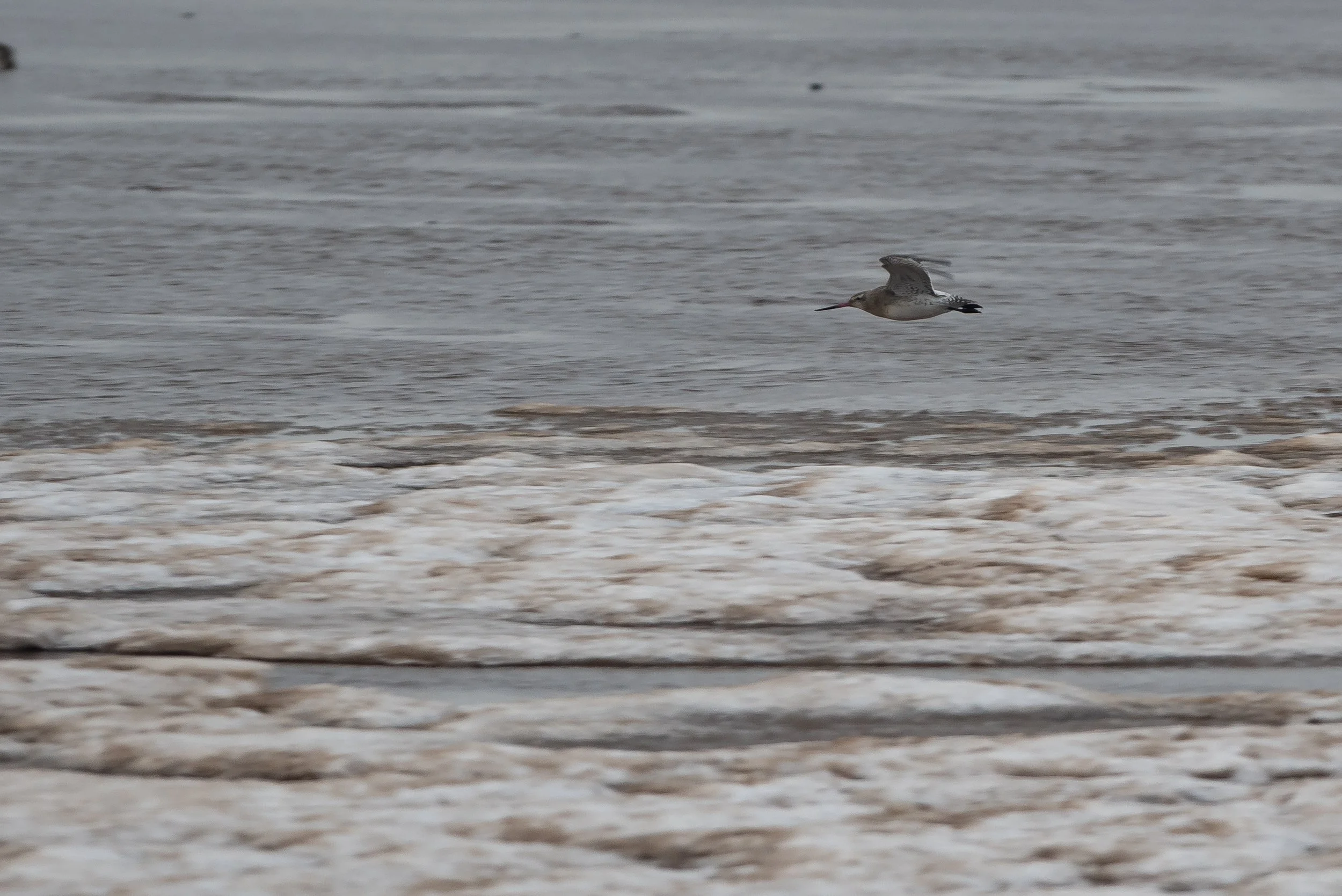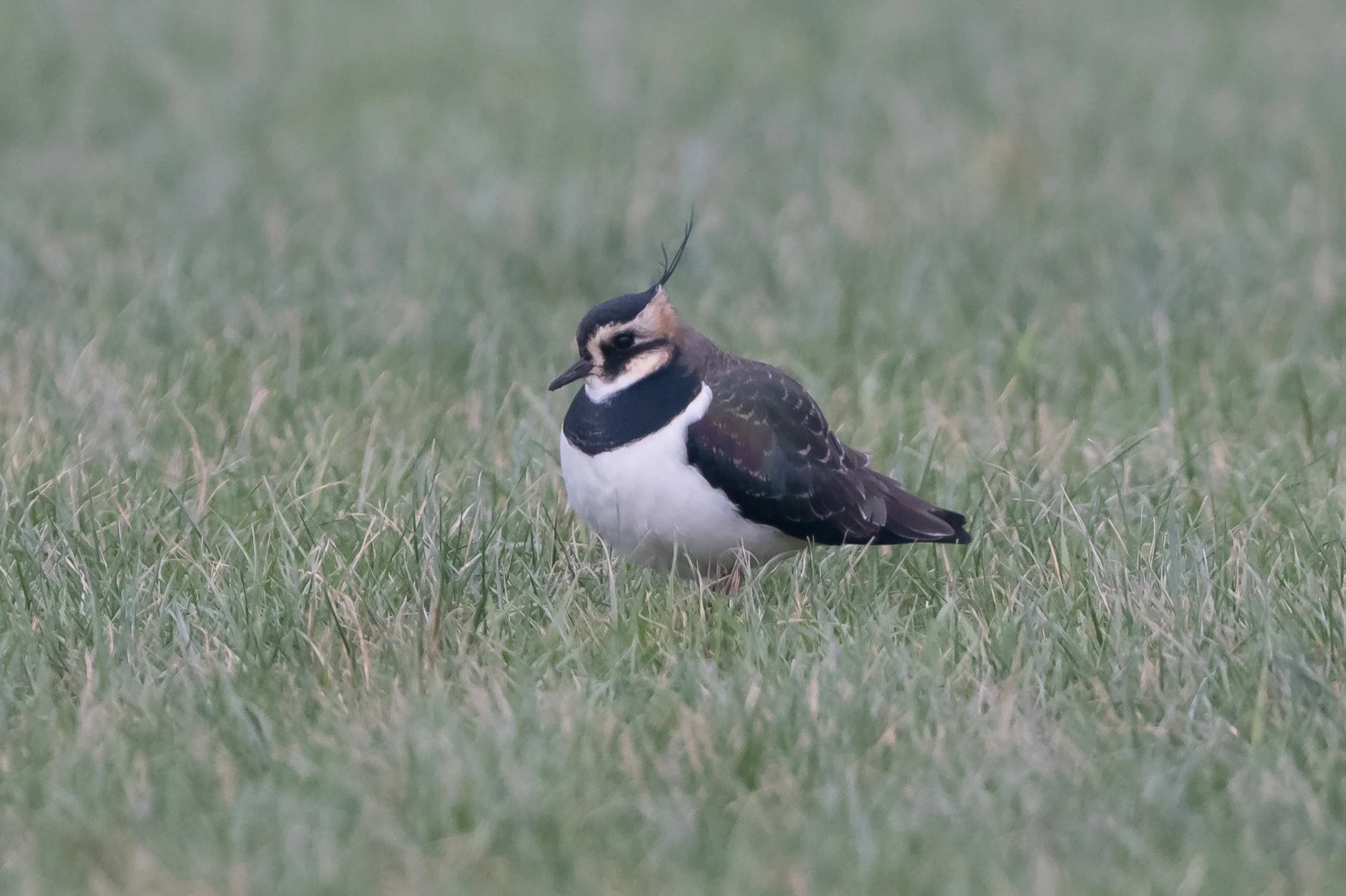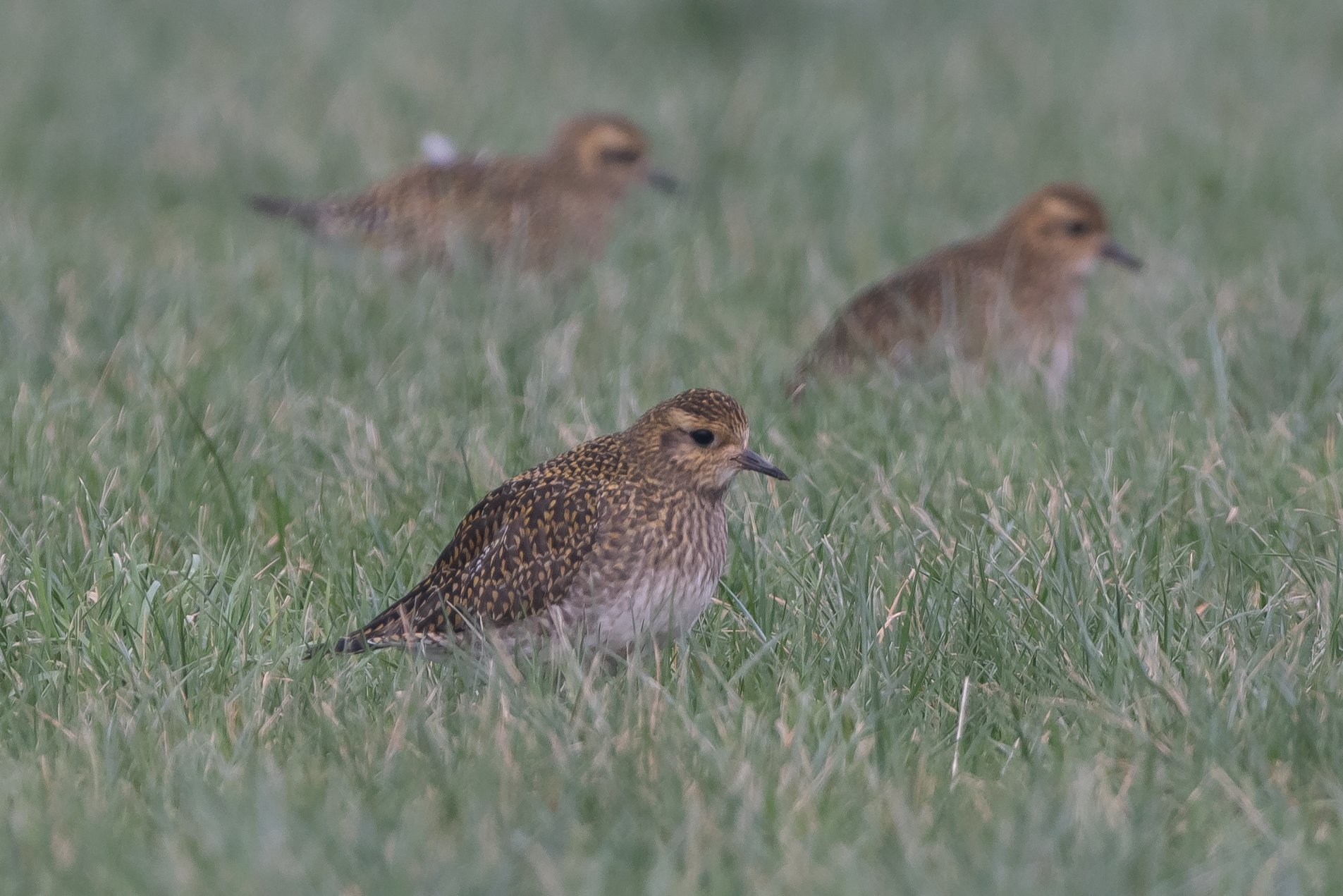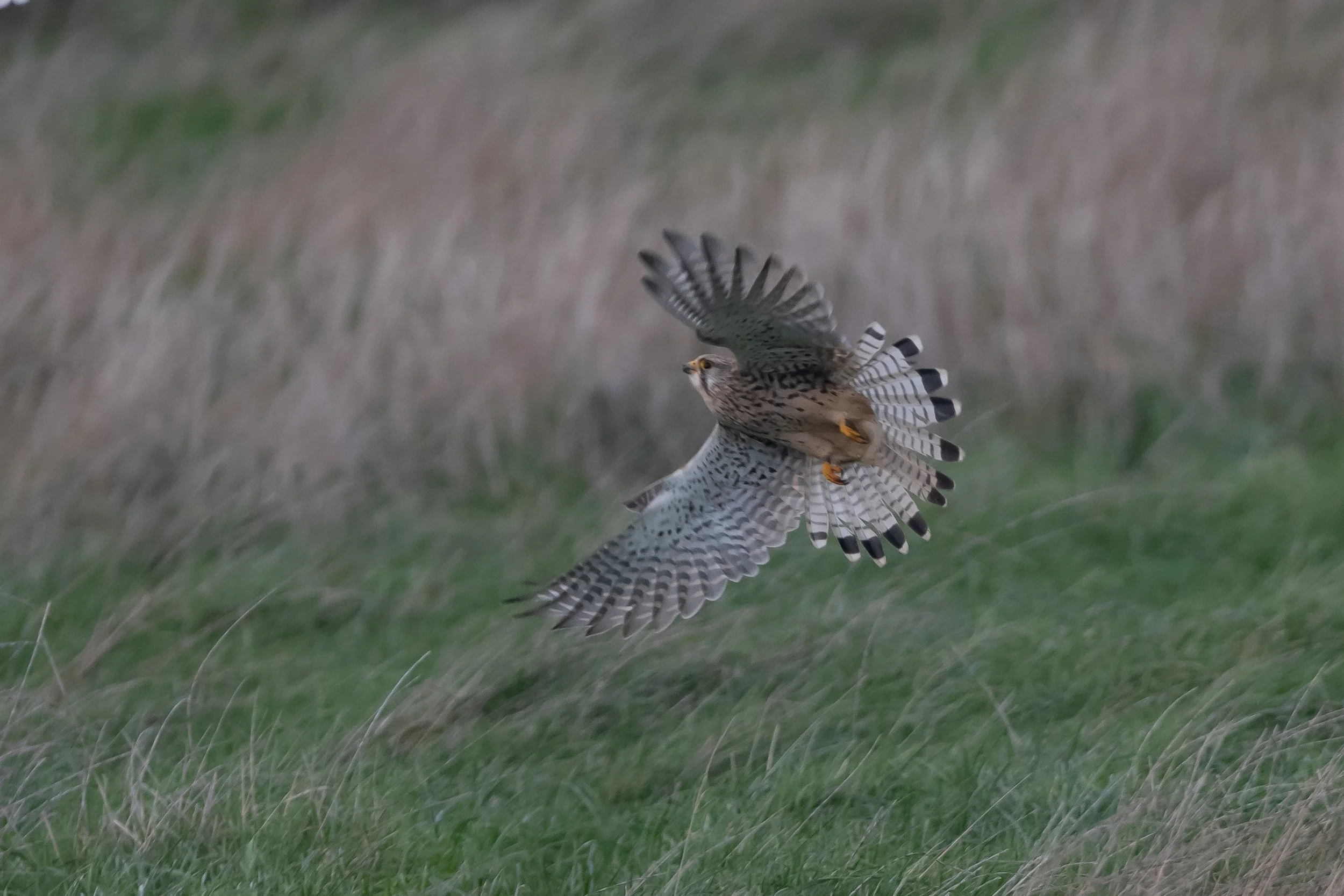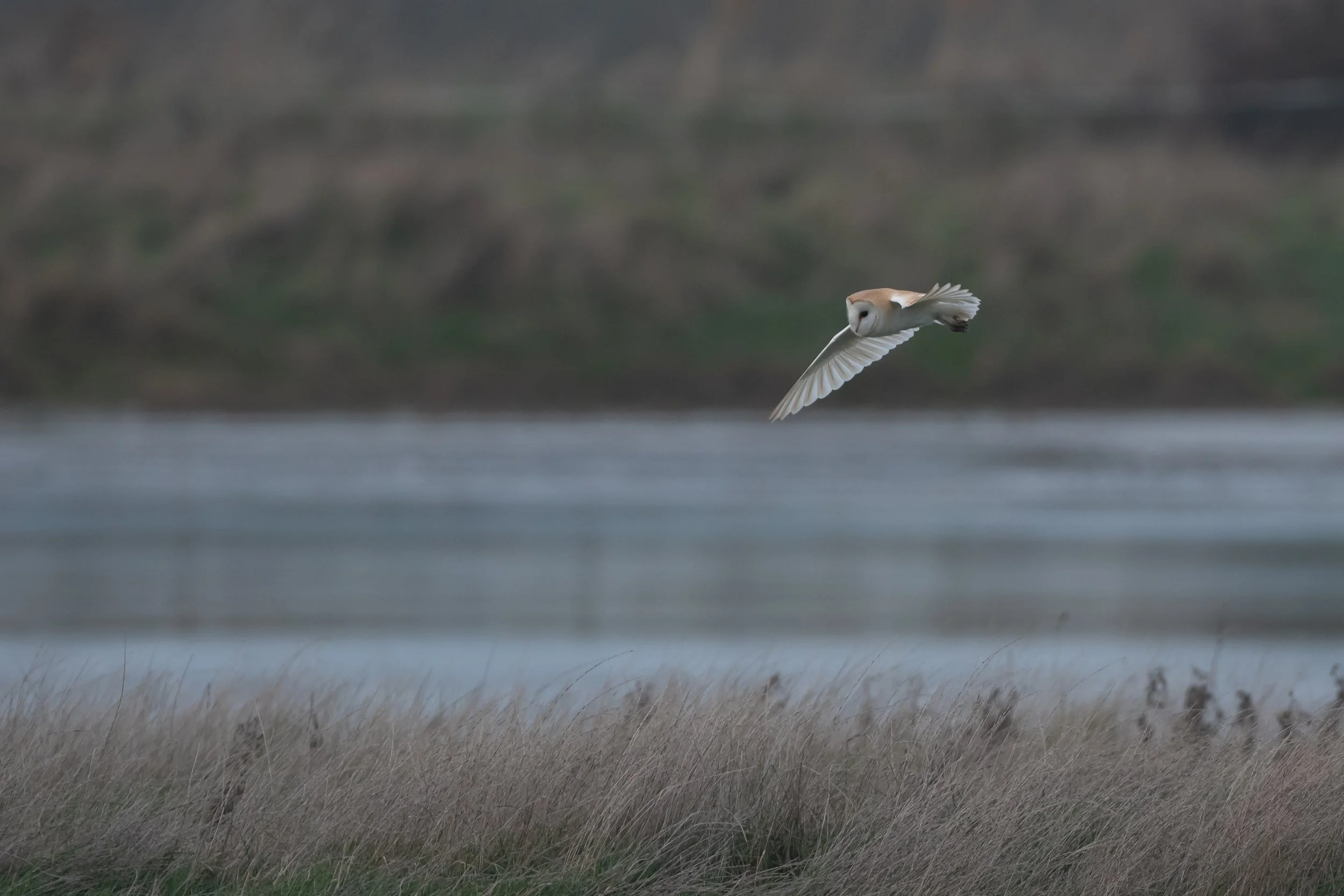I was out at the caravan at the weekend and favourable tides but a dodgy weather forecast provided a quandry. Part of the attraction about photography on the Humber Bank is the sunrise and contrast with the dark and sometimes choppy waters of the Humber.
First light is also the trigger for the wildlife to come to life and if it coincides with high tide and the size of the tide isnt too big, all things are aligned.
The forecast for Sunday was dodgy. It showed cloud with no sun. I took my chance and arrived at my chosen destination for around 7am. High tide was at 6.45 so by the time I set up it was a little bit lighter and the tide had started to ebb.
Almost on cue, the first waders and wildfowl started moving as it began to brighten up as well as the first areas of mud being exposed.
It was a bit like rush hour traffic-it started with a trickle, firstly a flock of redshank took flight and could barely be seen in the gloom. Then some wildfowl-a small flock of pintail and then a few small parties of brent geese.
It got a little brighter and flocks of lapwing began to pour out of adjacent fields, closely followed by groups of curlew in various sizes.
By now the sun was almost up and swirling groups of knot were appearing in the distance.
A peregrine falcon patrolled ominously, but very predictably given the mixed menu on offer.
As the tide started to go back, mixed flocks of waders-grey plover, golden plover bar and black-tailed godwit, dunlin and ringed plover all passed by desparate to find some clear mud for their first feed of the day.
In what seemed like a matter of minutes, the tide was nearly a mile out. the waders had followed and the sun was up. It was all over so it was time to head back.
Just before I got to the car I was treated to a close fly by of a male marsh harrier.
And so another great morning in the wilderness of the north bank of the humber, with nothing but peace, quiet and wonderful wildlife came to an end.
Until next time.

